(Bottom graphic is for the counties served by the National Weather Service in Huntsville, in North Alabama and Southern Middle Tennessee.)
It is that time of year again. Our primary severe weather season in North Alabama and Southern Middle Tennessee is in March, April, and May. We do have a secondary peak in the cool season, usually the month of November. We can have severe weather, including tornadoes, any time of the year, but these are the times to pay especially close attention. Right now is when Winter is trying to give way to Spring, and we get a lot of cold fronts where the clash of air can make things volatile.
The most reliable way to get severe weather alerts is a NOAA Weather Radio. (Never rely on an outdoor siren as your primary source.) I like the Midland model, which is easy to set up and takes AA batteries for backup. (This can really help you out if there is a power outage, especially if the weather gets bad in the middle of the night. Which happens a lot around here.) Some people are concerned about the price of a weather radio ($30-40), but I've had the same one for more than a full decade, still works great. It is an excellent investment.
Another reliable way is a service such as WeatherCall (which works for cell phones and landlines). And of course, the bare minimum is having Wireless Emergency Alerts enabled on a cell phone. Even if you don't want to be bothered by those alerts most of the time, enabling them for a stormy day (or night) won't hurt anything, and can get your attention if severe weather does threaten.
So let's get into that. What makes a thunderstorm severe in the first place?
It is not because it has heavy rain, or a lot of scary thunder and lightning. Though those things can be included.
What makes a Severe Thunderstorm is that a thunderstorm has winds in excess of 50 knots (which translates to 58 miles per hour) or hail that is at least an inch in diameter (that's the size of a quarter). Obviously some storms are going to have both, and sometimes a severe thunderstorm ends up producing a tornado.
If you don't know what a tornado is, you have not lived around here long. Technically it is a violently rotating column of air extending from the base of a thunderstorm down to the ground.
A Tornado Watch means that conditions are becoming favorable for the development of severe thunderstorms, capable of producing tornadoes, in and close to the watch area. People in these areas need to remain alert for rapidly changing weather conditions, and listen for later statements and possible warnings. To be able to take prompt shelter if a warning is issued later, or if threatening weather approaches.
A Tornado Warning means that a tornado is believed to be trying to develop, or already occurring, based on radar data and/or a reliable report. If you find yourself in a tornado warning polygon, the best thing to do is to get to shelter right away, and gather more information from a safe place. With all our hills and trees, and rain-wrapped "high-precipitation" storms, there is no point in trying to wait to see or hear a tornado before getting to safety.
And you need to know where you are on a map. These days, you do not have to buy anything on paper. You can navigate to a site like geology.com and refresh your knowledge of your county and the counties nearby. Most severe weather will approach from the West or Southwest. The text of a warning tells in what direction the storm is moving.
To shelter from a tornado, first of all, you have to be out of a mobile home (i.e. manufactured home, trailer). Which is about the worst place you can be during a tornado. They are all the housing a lot of people can afford in our part of the world, so everyone living in one needs a plan to get to a safer shelter before a tornado or severe thunderstorm hits. Some people like to relocate as soon as a watch comes out. Others might watch until the storms get into the next county.
The basic idea for sheltering from a tornado is to be in a sturdy house or other strong building that is properly anchored to the ground, as low as you can get, and as near the center as you can get.
The basic guidelines for sheltering in a site-built home are:
* Stay away from windows.
* Get to the lowest floor.
* Try for a small room - like a bathroom, closet, or hallway.
* Make that safe room as near the center of the structure as you can. Or think of it as putting as many walls between you and the storm outside as possible.
* Cover your body in case of falling or flying debris, especially your head and neck.
For that last part, blankets and pillows are good. Especially if you have kids (whose heads are more vulnerable to injury than adults'), some kind of a safety helmet is even better. For little kids, you might consider using car seats if you don't have something like a bike or football helmet.
And even in a basement, it can be a good idea to get up under something sturdy if it is available, like a table, desk, or workbench. Or a basement in a library I used to go to had a stairwell that was under the ground, where you could get up under the stairs. Things like that provide excellent protection.
A few other reminders:
If it's in the middle of the night when a tornado approaches, you might not have shoes on. But if you have time to remember, you might want to wear your toughest pair of shoes or boots to your shelter. Because if you were to take a hit, you will come out to some broken glass, maybe other debris. Sometimes people walk right over these things without feeling the pain, because they are in a state of mental shock, similar to after a traffic accident.
Another thing to be careful about is if any power lines are down near you after a tornado. Assume they are "live" and do not touch or get near them.
Another idea, to think of beforehand, is to keep a noisemaker like an air horn in your shelter. Sometimes people get trapped by debris and need a way to let emergency workers know where they are. Hopefully you never need these extra precautions, but if that situation ever does come up, you can be prepared for it.
Some people like to keep things like a flashlight, a first-aid kit, even snacks and bottles of water, in their shelter room beforehand. It's up to you. If you only do the basics (getting to a small central room on the lowest floor of a sturdy house), you'll probably be just fine. But some of these extra measures might help you out some day.
Obviously if you have an actual storm shelter, then you are in great shape, and may not need much of the other advice given in this post. But I'm looking out for the people in average circumstances.
About leaving a mobile home for better shelter: If you have a good friend or family member with a sturdy house (or a storm shelter), then that is ideal. But a lot of people have to rely on public storm shelters. Just be sure to get there well ahead of the severe storms, so that you don't get caught driving through the weather.
One broadcast meteorologist used to say you should "bake a cake", or do whatever is necessary to make friends with someone who could offer you better shelter, if you live in a mobile home, or something else like an apartment on the top floor. When I lived in a top-floor apartment, a research meteorologist told me to just buy somebody on the ground floor a cold drink and chat a little bit so they'd remember me when the weather got bad. If you're a real people person, you can probably make this work instead of having to use a public shelter.
If you can't make it work, I feel ya'. I once knew a guy who denied me access to his basement during a tornado threat, but was happy to have me over there to play the guitar with him and share fish, fries, and homemade ice cream with his family in that basement for hours when the weather was calm. He considered me a casual friend but thought it was silly to worry about the weather. Unfortunately you will run into that sometimes. Even with people you would have thought had better sense. That's why I really appreciate the people who open the public shelters. They can be life-savers for people who live in mobile homes especially.
If you have a hard time finding a public shelter near you in the online lists, you can contact your county's EMA office for that information. This is not something to call their emergency number for, but calling the non-emergency number ahead of time while making your plans, when the weather is still quiet, is a good idea. So here is a list of those offices for Alabama and for Tennessee.
If you have a really hard time finding adequate shelter, you can always e-mail me at yankhoe004@gmail.com, and we'll put our heads together and figure something out.
And if severe weather puts a lot of wear and tear on your nerves, then you might get some good from this page from our friends at the National Weather Service in Norman. That is also the home of the Storm Prediction Center, where the watches are issued. The local National Weather Service offices issue the warnings. If you're reading this, you are probably served by the office in Huntsville, Birmingham, or Nashville.
About Severe Thunderstorm Warnings: Most people I know ignore these. But remember, they are issued for damaging wind and/or damaging hail. Once in a while, one of these storms spins up a tornado without additional warning. And even when the damaging winds are blowing in a straight line, it can pose a threat to life and property. If a tree or line falls on your home, or a window blows out, that can lead to injury. And it is good to pay attention to the text of these warnings. A storm with winds of 80 miles per hour tends to do more damage than one with winds of 60 miles per hour. Even if all you do is move away from windows in your home, some level of paying attention to these warnings is wise.
If you ever get caught in a last-resort situation where no substantial shelter is available, my best advice is to find an unflooded culvert or ditch, or even to lie flat on the ground, covering your head and neck with your hands. In the E/F-5 tornado that hit Hackleburg and Phil Campbell in 2011, I remember a story of a couple who survived by leaving their mobile home and getting into a ditch. Obviously you hope you can do better than that, but it is good to have a backup plan in case you don't really have a good option and have to do the best you can in a tough situation.
Don't try to get under a bridge as a last resort shelter. That is an old myth. In the video that started this myth, the tornado passed some distance from the bridge the news crew sought shelter under.
Hope that helps. If you follow even half this advice, you'll probably be just fine if a tornado does ever cross your path. Try to make your plans while the weather is calm, not at the last minute.
The odds are in your favor if you do the right things. So the weather this time of year is nothing to get overly worried about, just worth having a healthy respect for. And a lot of it does not even become severe anyway. We all know the old saying that April showers bring May flowers.
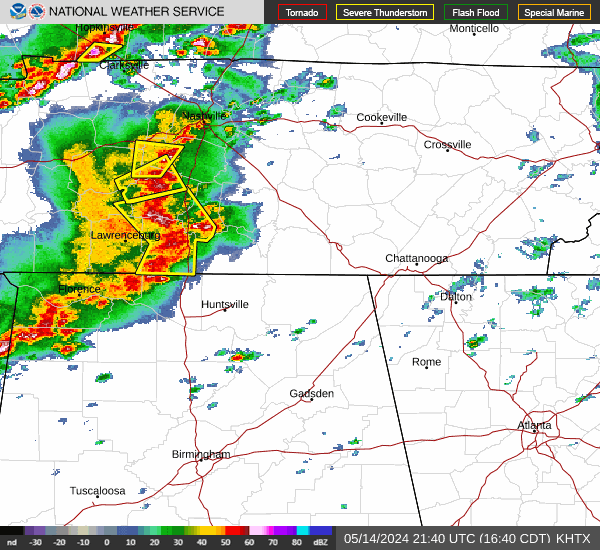
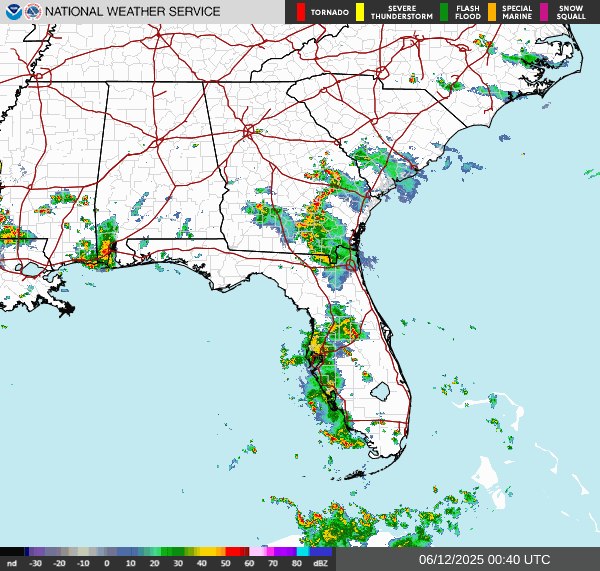



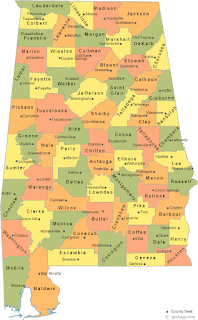
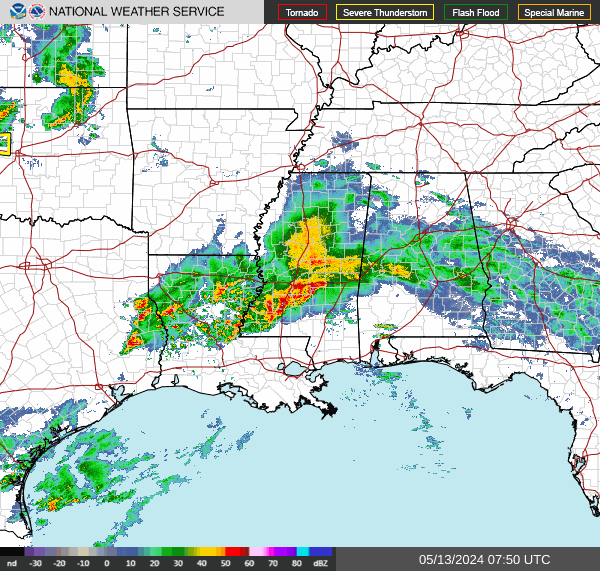
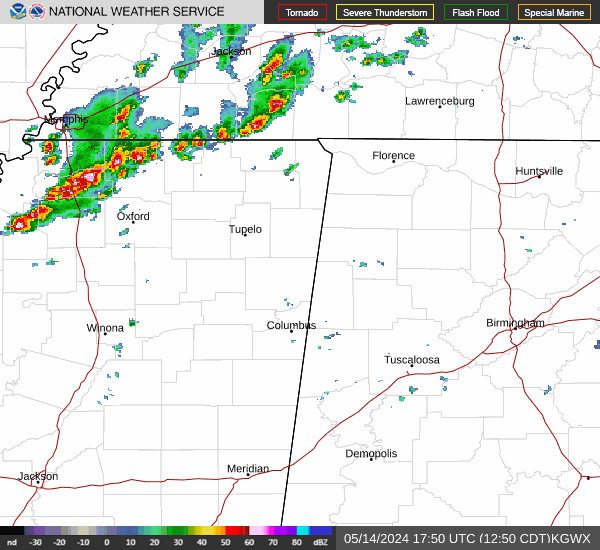
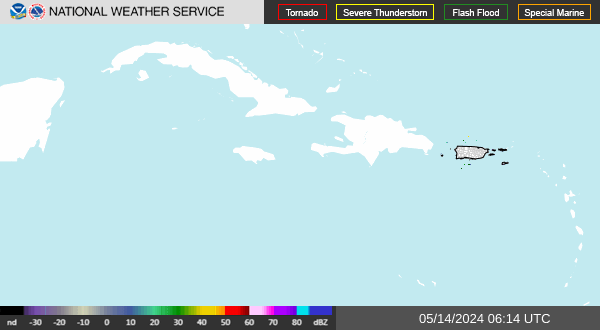



No comments:
Post a Comment